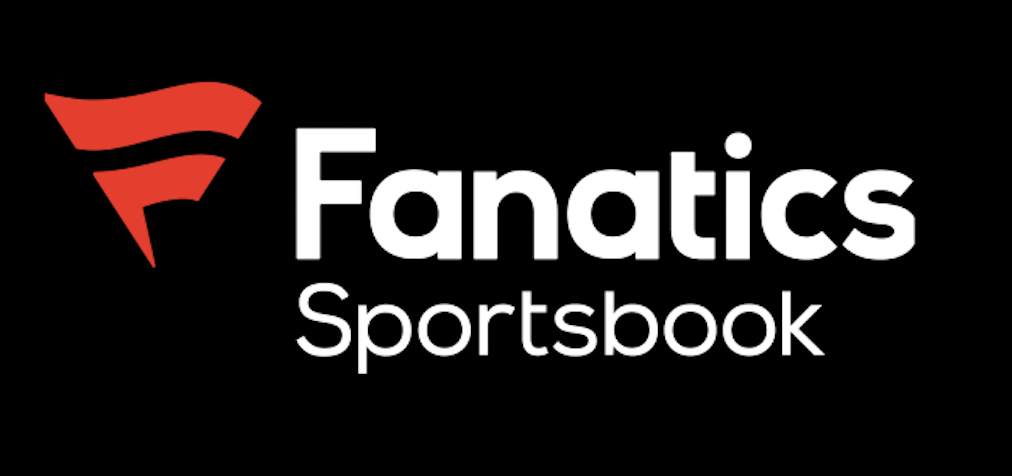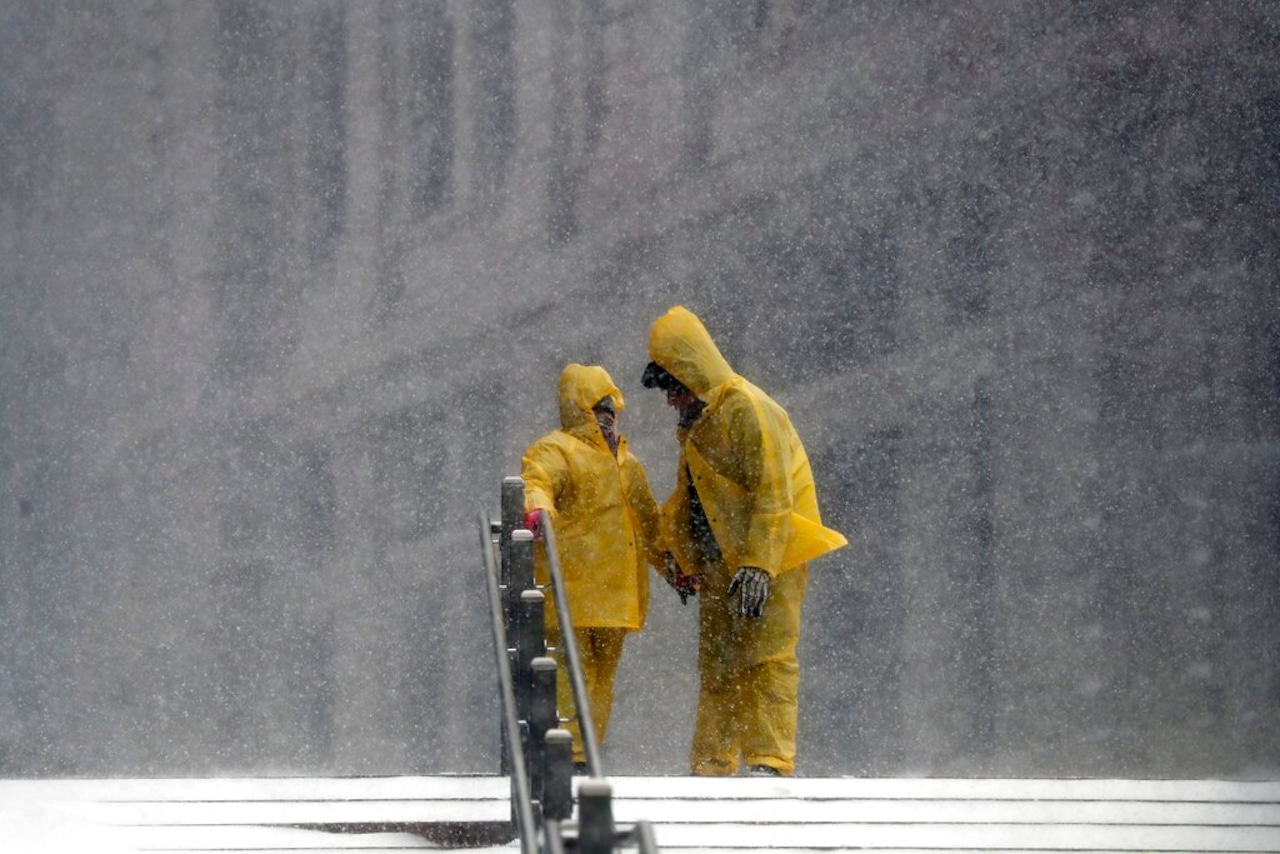To say that expectations were modest for the 2024 Red Sox would be an understatement. Few people had reason to believe they would avoid finishing in the AL East basement for the third consecutive season.
Then, the injuries hit. Lucas Giolito and Trevor Story were lost for the year, and Triston Casas seems destined to miss almost half of it. And that doesn’t include the short-term losses of Nick Pivetta, Garrett Whitlock and Brayan Bello.

Fanatics Sportsbook
10X$100 BONUS BET
BET MATCH BONUS
Must be 21+. GAMBLING PROBLEM? Call 1-800-GAMBLER (CO, KY ,MD, OH, PA, TN, VA, VT, WV); (888) 789-7777 or ccpg.org (CT); 1-800-BETS-OFF (IA); (800) 327-5050 or gamblinghelpline.org (MA), mdgamblinghelp.org (MD), 1800gambler.net (WV)
Remarkably, through almost one-sixth of the schedule, the Red Sox remain competitive. It’s true that many of their wins have come against teams with winning records, and there’s the troubling level of play at Fenway. But for now, the Red Sox are punching above their weight. Whether that’s sustainable over the next five months is very much open to debate.
But if the Red Sox can continue to overachieve despite the loss of manpower, Alex Cora stands to be a big beneficiary.
Cora, of course, is on the final year of his contract, and for the time being, there’s no indication of an in-season contract extension in the works. Craig Breslow seems quite content to sit back and evaluate Cora’s performance before determining whether to continue their working relationship. For his part, Cora seems almost indifferent about an extension, going so far as to refuse to commit to wanting to return in a spring training press conference.
Cora knows that whether Breslow wishes to retain him or not, they’ll be a market for his services after the season. Craig Counsell took the unorthodox step of marking himself as a free agent manager and landed himself a five-year, $40 million deal from the Chicago Cubs.
Some believe Cora could top that figure next winter, though as one baseball official recently noted: “Depends on who’s hiring.” Translation: if some big-market teams like the Dodgers or Yankees are in the market for a manager, Cora’s value could quickly escalate.
Already, Cora is an attractive candidate to interested teams. He’s widely recognizes as a good communicator, and that’s literally true given that he’s also bilingual. He’s also seen as a good in-game strategist. And, finally, he’s won a World Series. The latter might be especially attractive to teams like, yep, the Dodgers and Yankees, who, while dominant in the regular season, have one title between them over the last 15 years.
What Cora doesn’t have on his resume, however, is the demonstrated ability to make bad teams better. After posting winning records in each of his first three seasons with two post-season appearances, Cora has directed the Red Sox to two last-place finishes. In both 2022 and 2023, his Red Sox clubs were nominally in the playoff race at the trade deadline, only to freefall out of contention both times.
Worse, his teams have exhibited poor fundamentals, marked by sloppy baserunning and poor situational awareness. Such shortcomings don’t reflect well on a manager, and the last two seasons have damaged Cora’s reputation across the game.
Good managers win when presented with sufficient talent. Great managers find a way to get the most of whatever level of talent they’re given.
So far, Cora and new pitching coach Andrew Bailey have coaxed improvement from an uncertain rotation and Cora has somehow patched together winning lineups in the aftermath of a rash of injuries. He’s been honest about his team’s defensive shortcomings while remaining committed to struggling players. He’s been clear in saying that he won’t allow injuries as an excuse for another lousy season.
There’s a long way to go and worth noting that teams beset by injuries often manage to keep it together for a while before ultimately succumbing to a lack of talent.
If, on the other hand, Cora keeps the Red Sox relevant for much of the season, his stock will only soar and he’ll have checked the lone remaining box on his curriculum vitae. He might even do enough in this transitional year to warrant an offer from Breslow.
Then again, whether he wants one is uncertain.
_________________________________________
Meanwhile, former Red Sox manager Terry Francona is adapting to a life of leisure. For the first time in his adult life, he’s not scouting, coaching, managing or broadcasting and is trying to adapt to a more languid pace.
Francona was the baseball version of a gym rat: at the ballpark many hours before he had to be, because he loved being in the clubhouse environment and around people in the game. Now, he has no responsibilities, and nowhere he has to be.
And so far, at least, that’s been fine.
“It hasn’t been, I think, what people expected, you know,” said Francona on the latest episode of MassLive’s podcast, Fenway Rundown. “I mean, I’m still trying to figure out — what parts of the game I’ll miss and that’s OK. After 40 years, you should miss something, but I think I was ready for it. That’s the thing — I don’t know if people understand it, all the things that go into maybe making you a productive manager. It was becoming harder and harder and I didn’t want to overstay my welcome and didn’t want to be the old guy that was kind of bitter, things like that.
“So I thought the timing was actually pretty good and, and as we get into it, if there’s things I really miss, there’s probably ways to stay busy enough without overdoing it.”
Francona was — and is — intensely competitive and I wondered if he feels an emptiness when 7:10 p.m. comes around every night and he no longer has an investment in the outcome of a game.
“I certainly keep an eye on what the guys (in Cleveland) are doing, Francona said. “I might have a text from somebody or something. And what I’ve been catching myself doing is, putting on the baseball package, seeing what game is close and then watching the last couple of innings and I’ve really enjoyed it. But no, I don’t have that itch and, you know, I know I talked to you last year, but I thought (retirement) through pretty thoroughly. I was ready for this and I think it may be a surprise to people, but I just was ready to maybe not be quite as busy.”
Still, some Hall of Fame-level managers have come out of retirement before, including Earl Weaver, Dusty Baker and Tony LaRussa, each of whom thought they were through, only to return several years later. Can Francona definitively shut the door on such a move?
“I’m not sure I have a great answer for that,” said Francona. “I mean, I retired with the idea that I was retiring. I don’t know if I’d ever say never, just because I don’t know that that makes a whole lot of sense, but that’s not the plan. The plan is, I retired and try to remind myself of things that were getting hard for me because it’s easy when you’re away and you’re not busy and you feel good.. You go, ‘Oh, man, I could (still) do this.’
“But you gotta be all in and it was becoming harder for me to be all in.”
________________________
Despite Cora’s protestations about the role of Masataka Yoshida, it’s hard not to think that Yoshida’s career with the Red Sox is already at something of a crossroads.
Signed to a (surprising) five-year, $90 million deal by the Red Sox in December of 2022, Yoshida had a rather mediocre first season (.289/.338/.445) with the Sox. He didn’t show much power (15 homers) and didn’t walk as much as anticipated (5.9 percent, well below the MLB average).
Worse, he was a disaster in the outfield, showing little range in left field, to go with a weak throwing arm.
In response, the Red Sox made the decision to place more of an emphasis on outfield defense and made Yoshida the de facto regular DH. Or so it seemed. The hope was that, after a year of adjustments to the culture, the schedule and the travel that comes with playing in the big leagues and freed of defensive responsibilities, Yoshida could become more of an offensive force.
That hasn’t happened in 2024. Not even close.
Instead, Yoshida has fallen into some bad habits at the plate, frequently rolling over on pitches without showing much pop. He has just five extra-base hits (three doubles, two homers) in 72 at-bats while striking out almost twice as much as he’s walked.
Of course, less than a month into the season is far too soon to make a definitive determination about a player’s future. But his usage in 2024 has been noteworthy.
Thursday marked the sixth time in the last eight games that Yoshida was out of the lineup. He’s started only three games since April 15.
Cora can point all he wants to unique circumstances and needing to use the DH spot to ease both Tyler O’Neill (concussion) and Rafael Devers (knee/shoulder) back into the lineup. But what about using Tyler Heineman — a career backup catcher, know far more for his defensive contributions — as the DH over Yoshida last weekend in Pittsburgh?
The expectation was that Yoshida would learn from his first season in North America, in much the way that Seiya Suzuki did with the Chicago Cubs. Suzuki had a mediocre first year with the Cubs in 2022 (.770 OPS), but improved in his his second year (.842 OPS) and got off to a strong start this season (.893 OPS) before heading for the IL recently.
That hasn’t happened with Yoshida. It’s also painfully obvious that the Sox will go to great lengths to avoid using him in the outfield. Through the first 26 games, Yoshida has had his fielding glove on for exactly one (1) inning, on a night when the Sox otherwise ran out of position players.
What’s next? After ths season, the Red Sox owe Yoshida another $54 million through 2027. If the Red Sox were to try to move him, they would have to pay off a good chunk of that remaining money to facilitate a deal being made.
In the past, the Red Sox would occasionally eat the money remaining on a bad contract — Pablo Sandoval is the most obvious example — but such a move feels like a lifetime ago. A half-dozen seasons ago, the team might have swallowed hard and moved on; an $18 million player wasn’t going to constrain them in their pursuit of a more competitive roster. But now? It’s hard to envision the more budget-conscious ownership giving the green light to such a move.
One thing seems clear: using Yoshida as sparingly as he is now is not helpful, either to his team or his own market value. He’s currently little more than a pretty expensive spare part.
_____________________________
It surely can’t be a coincidence, but many of the free agents who held out the longest, right into the latter stages of spring training, are dealing with injury issues.
Blake Snell is on the IL after suffering from an adductor strain. J.D. Martinez has yet to make his debut for the New York Mets as he deals with chronic back issues. Cody Bellinger is out for an extended period of time because of a fractured rib.
Obviously, injuries are sometimes random occurrences and it’s not as if the injury bug has bitten only late-to-sign players; Triston Casas, who worked hard all last winter and was among the first position players to report to camp, is dealing with a fractured rib, just like Bellinger.
But the list of players who hurried to get ready after signing late now dealing with physical setbacks suggests there’s a price to pay for shortening up spring training. Snell didn’t have a single appearance in the minor leagues before making his debut with the San Francisco Giants. He made three starts, pitched poorly (0-3, 11.97) before hitting the IL.
All three of players cited, by the way, are represented by agent Scott Boras, who was forced to take shorter and smaller contractual terms for his clients, only to then see them sidelined by physical setbacks.
Whether that lesson is learned for next offseason remains to be seen.




